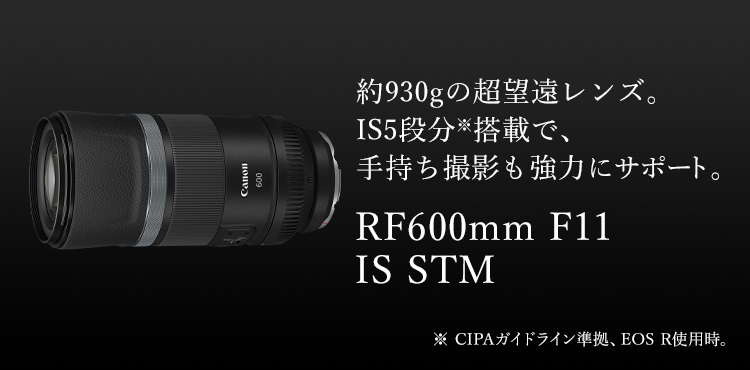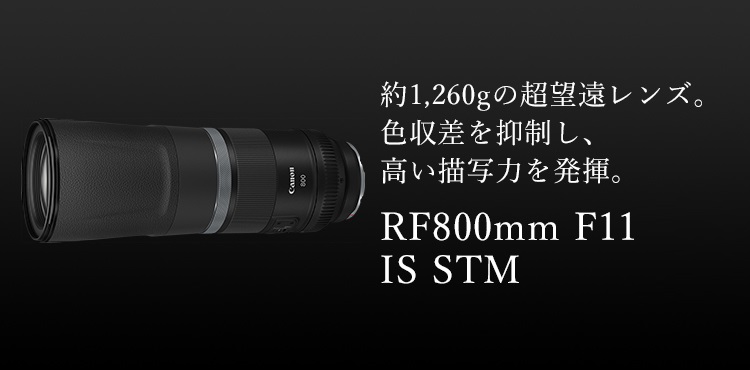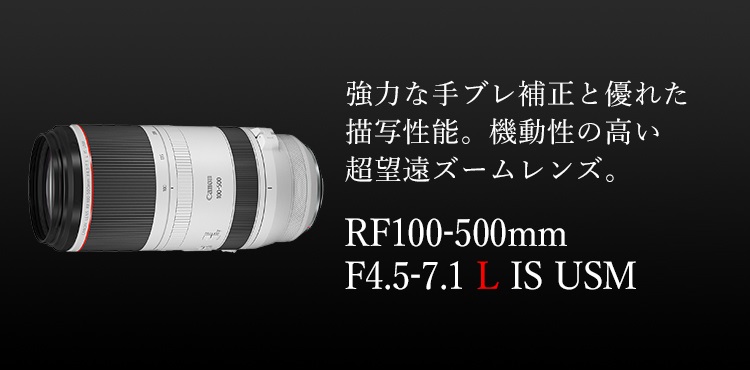The MTFs on the 600mm and 800mm DO lenses show lower levels of contrast and resolving power plus higher levels of astigmatism when compared to Nikon's much brighter and expensive but also shorter 300mm and 500mm PF lenses. The DO's constructions are also much simpler than the PF's. The 800 looks just like a 600 with an additional element slapped on front (it isn't: the DO doublet doesn't look exactly the same, but the rest of elements do look very similar). I am a bit disappointed by the DO's MTFs, but it was to be expected given their prices.
Samples for the 600mm (click on the samples to view full resolution files):

and for the 800mm (I tried uploading all these full res samples here several times but kept receiving error messages):

Samples for the 600mm (click on the samples to view full resolution files):

and for the 800mm (I tried uploading all these full res samples here several times but kept receiving error messages):

Last edited:
Upvote
0

